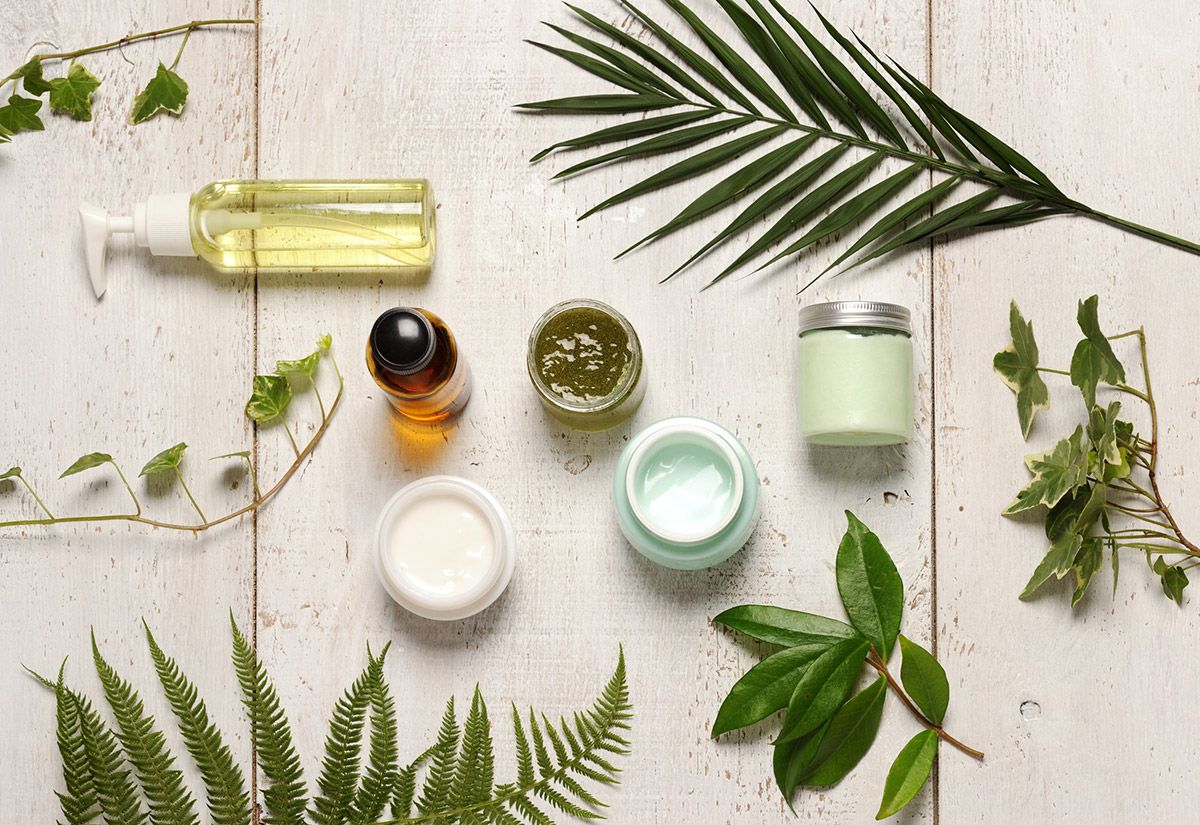Health and Beauty
5 Minute read

Subhalaxmi
2022-02-16 10AM
How to start a sustainable skincare routine’
 The skincare industry is one of the most booming ones right now owing to rapid development of products and regimens entering the market. One can draw parallels from the fast fashion industry itself with a steady stream of releases every now and then, and more often that not consumers end up buying more than they need or even before they’ve used up what they have
The skincare industry is one of the most booming ones right now owing to rapid development of products and regimens entering the market. One can draw parallels from the fast fashion industry itself with a steady stream of releases every now and then, and more often that not consumers end up buying more than they need or even before they’ve used up what they have
Toxic chemicals, non-recyclable packaging, air pollution, and unethical sourcing are just some of the top issues that seem to be at the core of the industry.
In doing so, a lot of us, largely end up being part of the problem without knowing all these, but what we can do is become more conscious about how we purchase our products which not only help us but also our environment.
The following are some of the steps that we can take to have a more sustainable skincare routine:
STEP 1: Use it up

The first and the easiest way to have a skincare routine that is planet friendly is by using the products that one already has. Yes, switching to more sustainable products and brands should indeed be one of the priorities but to begin with, it doesn’t mean one should just throw away what they already have.
STEP 2: Dispose it well

Once you have used your current skincare products, you should see if they can be disposed of in a proper manner, or even better would be if the same could be recycled or repurposed in some way or the other. Some of the larger containers can be used as plant pots, candle holders or many other small household items. The problem with lot of the products is that they still come in packaging that can easily release toxins to the environment when they reach the landfills and even worse, water bodies, thus contaminating the water as well as threatening aquatic life.
STEP 3: Research about it
When it comes to choosing skincare brands, you should take into account a few pointers before you go ahead and buy from them.

Understand what sort of values drive these brands, Whether they have ethical sourcing policies, Have they been certified by accredited associations or bodies, What sort of message are they driving with their marketing campaigns Are they cruelty free Do they use recyclable packaging How effective the products are, based on reviews
STEP 4: Keep it simple

Having selected the brand(s), one should definitely not go overboard with the purchases. Perhaps, you could think of building a more minimalistic routine as well when planning the purchases. Having less but effective products is surely a great idea as opposed to having a large number of products that don’t really help you. Being minimalistic would of course help in keeping your skin healthy and the planet safe, while still not pinching your product as much.
STEP 5: Repeat Step 1
Unless the products don’t work at all, one should resist the temptation to buy a new set of products and instead use them all up. After that, one can again plan the purchases accordingly and stock up with the products as the need arises.
Beyond the skincare products, one can inculcate a few other habits that would help complement an eco-friendly skincare routine. For one, using less water as part of the routine is something that is basic yet crucial as it helps in significantly reducing the wastage of water. A lot of us simply leave the tap open for no reason while we massage our faces or brush our teeth, which is downright wasteful. Another way to complement the routine could be by switching for single-use face wipes to reusable remover pads, cotton towels or muslin cloth, which are very much effective
The journey ahead
In doing all this, it is not really a race but a journey towards a more sustainable lifestyle. One could simply start by replacing one or two products to begin with, instead of making a sweeping change over all the products.
To bring things into perspective, sustainable beauty is like an antidote the same way slow fashion is in a fast fashion world. The work done in this area is directed towards limiting and mitigating the adverse effects on the environment through the production methods which tackles the problem at the source itself. Of course, it is down to us consumers how we choose them, if at all, we can still be rest assured that the impact we make will be huge if this is adopted by individuals, even with small changes at a time.


